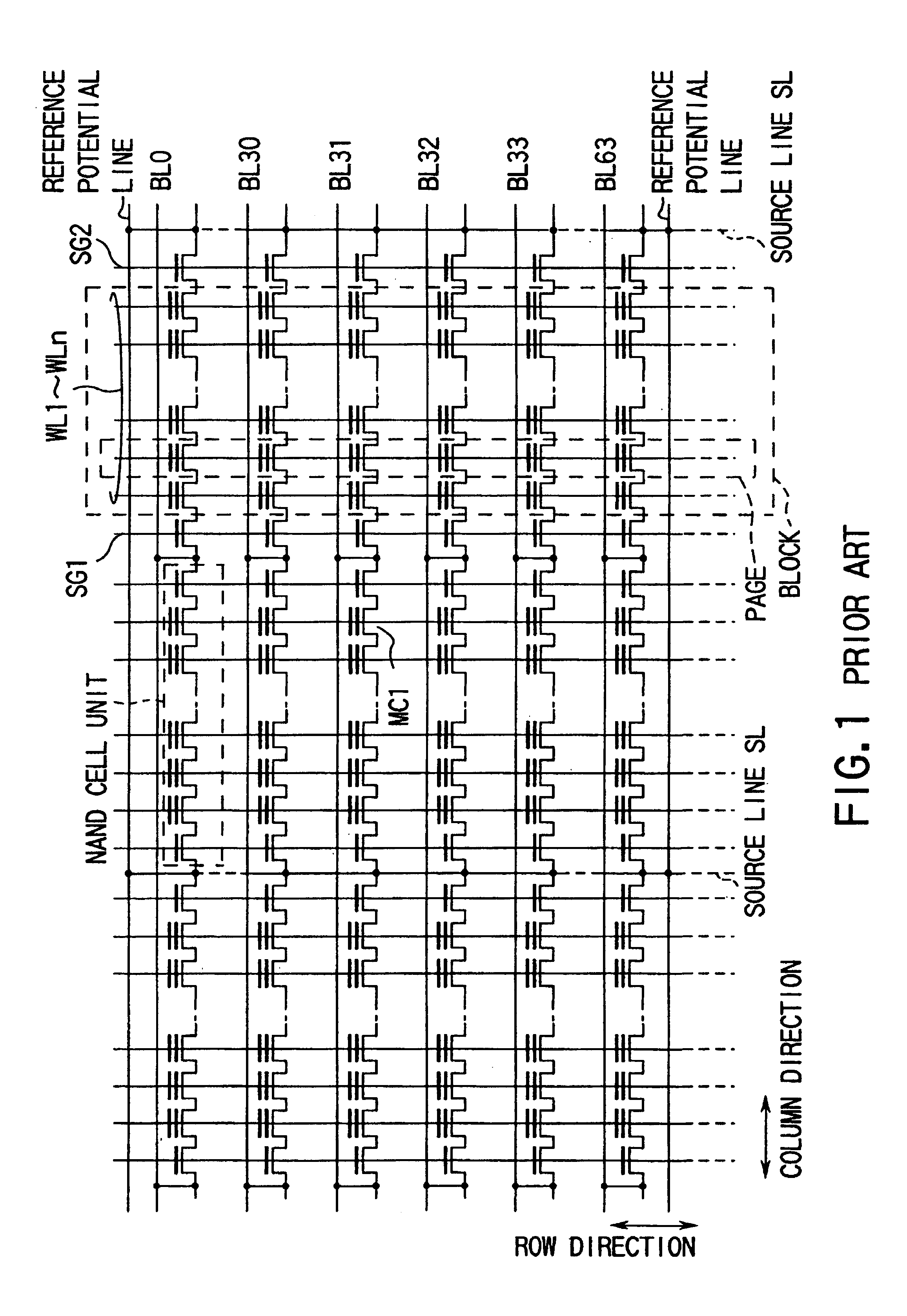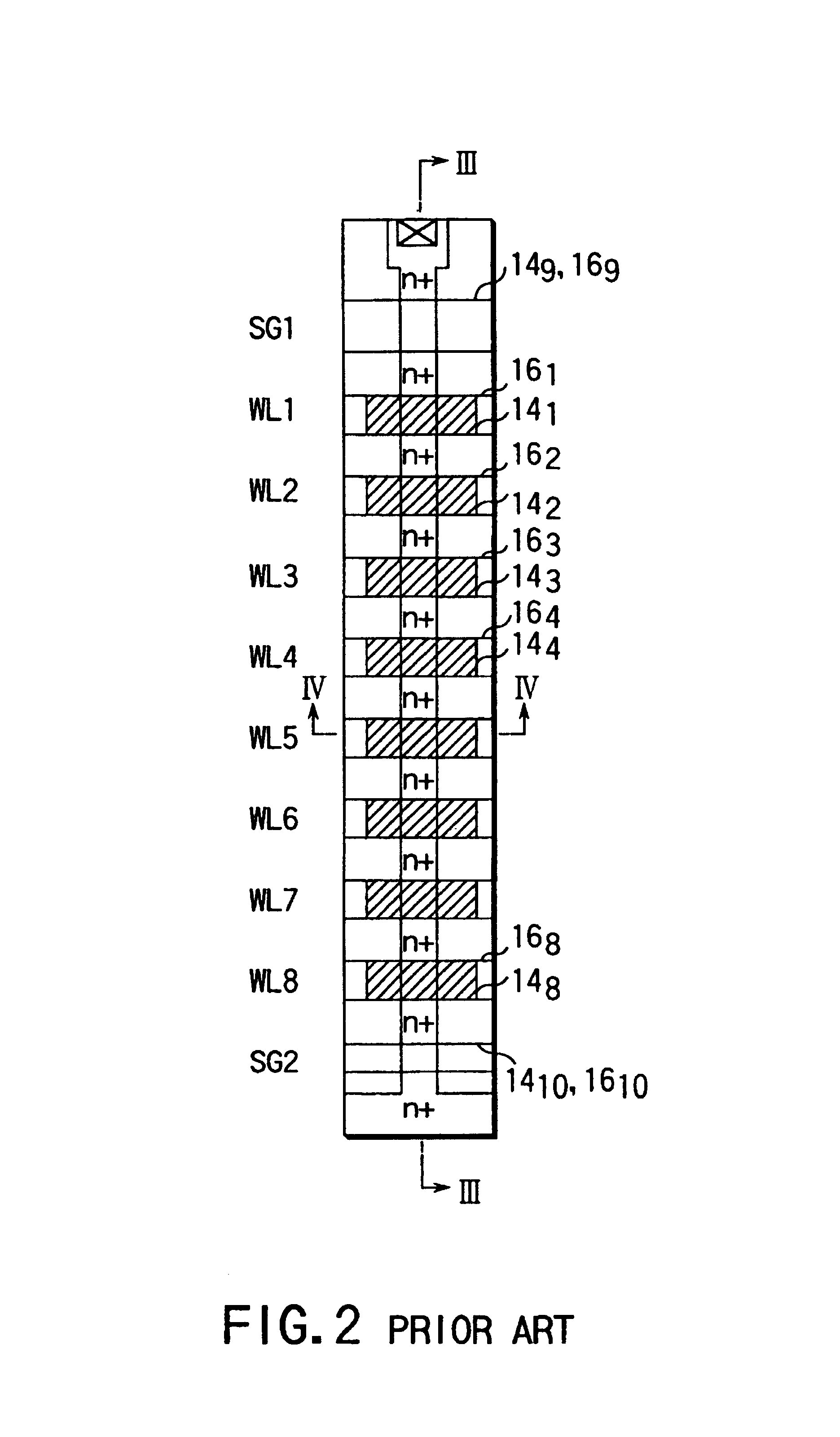Nonvolatile semiconductor memory having plural data storage portions for a bit line connected to memory cells
a technology of nonvolatile semiconductor memory and bit line connection, which is applied in the direction of digital storage, instruments, transistors, etc., can solve the problems of disadvantageous increase of chip area and increase of latch circuits (sram cells) on memory chips, and achieve the effect of preventing the area of the chip from extremely increasing
- Summary
- Abstract
- Description
- Claims
- Application Information
AI Technical Summary
Benefits of technology
Problems solved by technology
Method used
Image
Examples
Embodiment Construction
[0147]A nonvolatile semiconductor memory of the present invention will be described-below in detail with reference to the accompanying drawings.
[0148][Preconditions]
[0149]First, to facilitate understanding the description to be given below, preconditions will be specified as follows. It is noted that these preconditions are intended to facilitate understanding the description only and that the present invention is realized on conditions other than these preconditions.
[0150]The present invention is directed to a nonvolatile semiconductor memory for storing n-level data, where n is a natural number of not lower than 3. In the following embodiments, a four-level NAND cell type EEPROM will be described to represent such nonvolatile semiconductor memories.
[0151]It is assumed that four-level data, “00”, “01”, “10” and “11”, are stored in a memory cell. It is also assumed that a state in which the threshold voltage of the memory cell is the lowest (e.g., a threshold voltage is negative) is...
PUM
 Login to View More
Login to View More Abstract
Description
Claims
Application Information
 Login to View More
Login to View More - R&D
- Intellectual Property
- Life Sciences
- Materials
- Tech Scout
- Unparalleled Data Quality
- Higher Quality Content
- 60% Fewer Hallucinations
Browse by: Latest US Patents, China's latest patents, Technical Efficacy Thesaurus, Application Domain, Technology Topic, Popular Technical Reports.
© 2025 PatSnap. All rights reserved.Legal|Privacy policy|Modern Slavery Act Transparency Statement|Sitemap|About US| Contact US: help@patsnap.com



